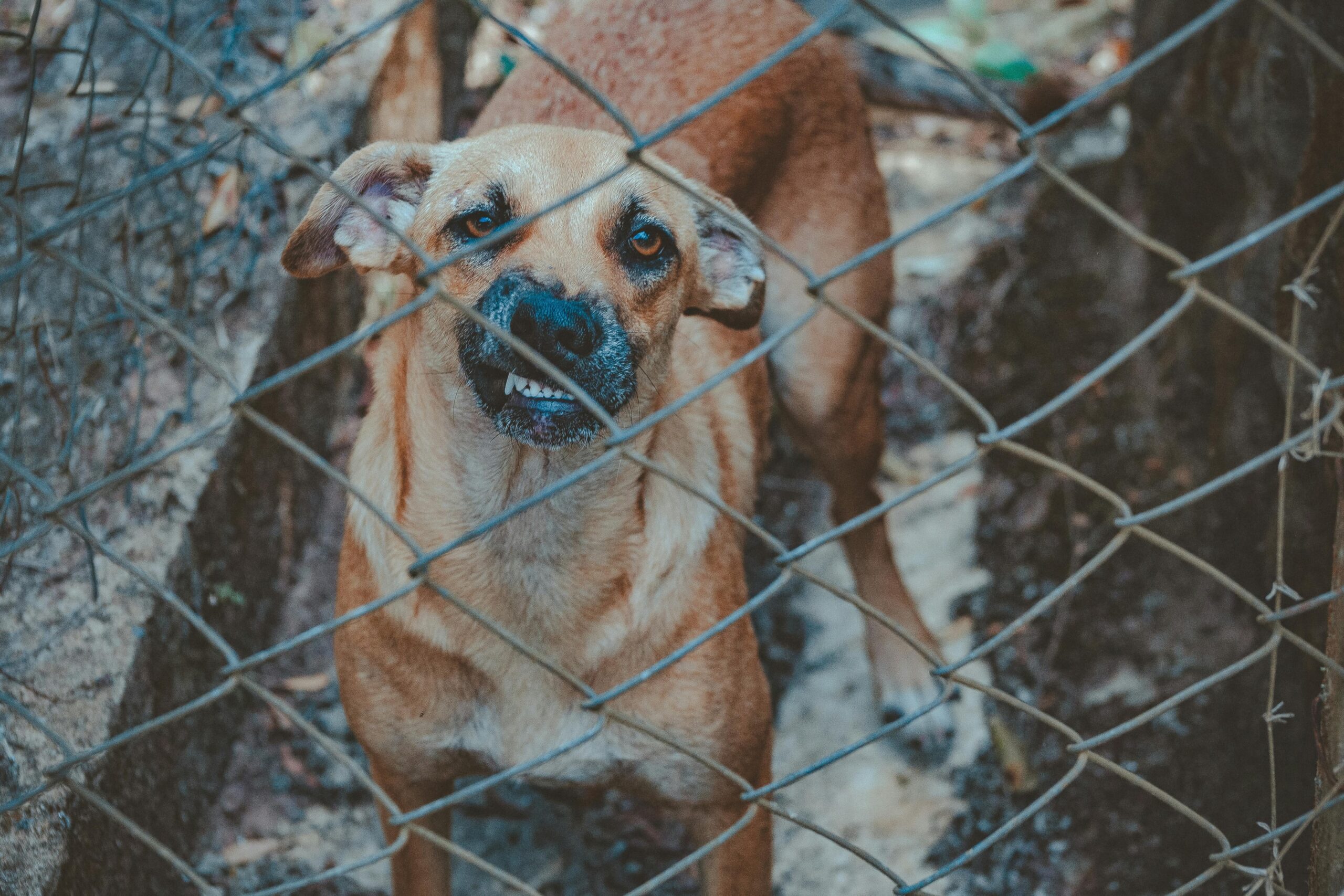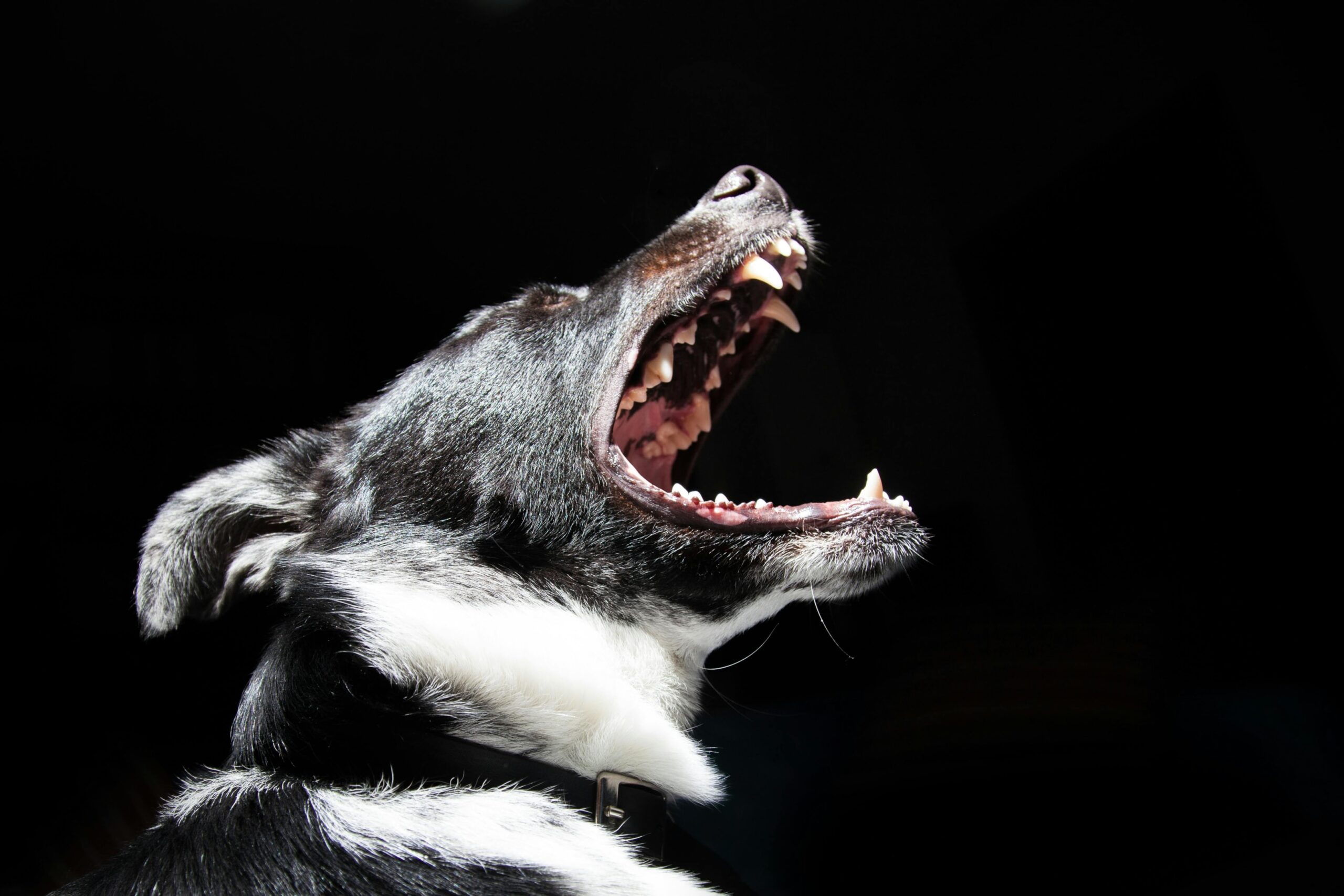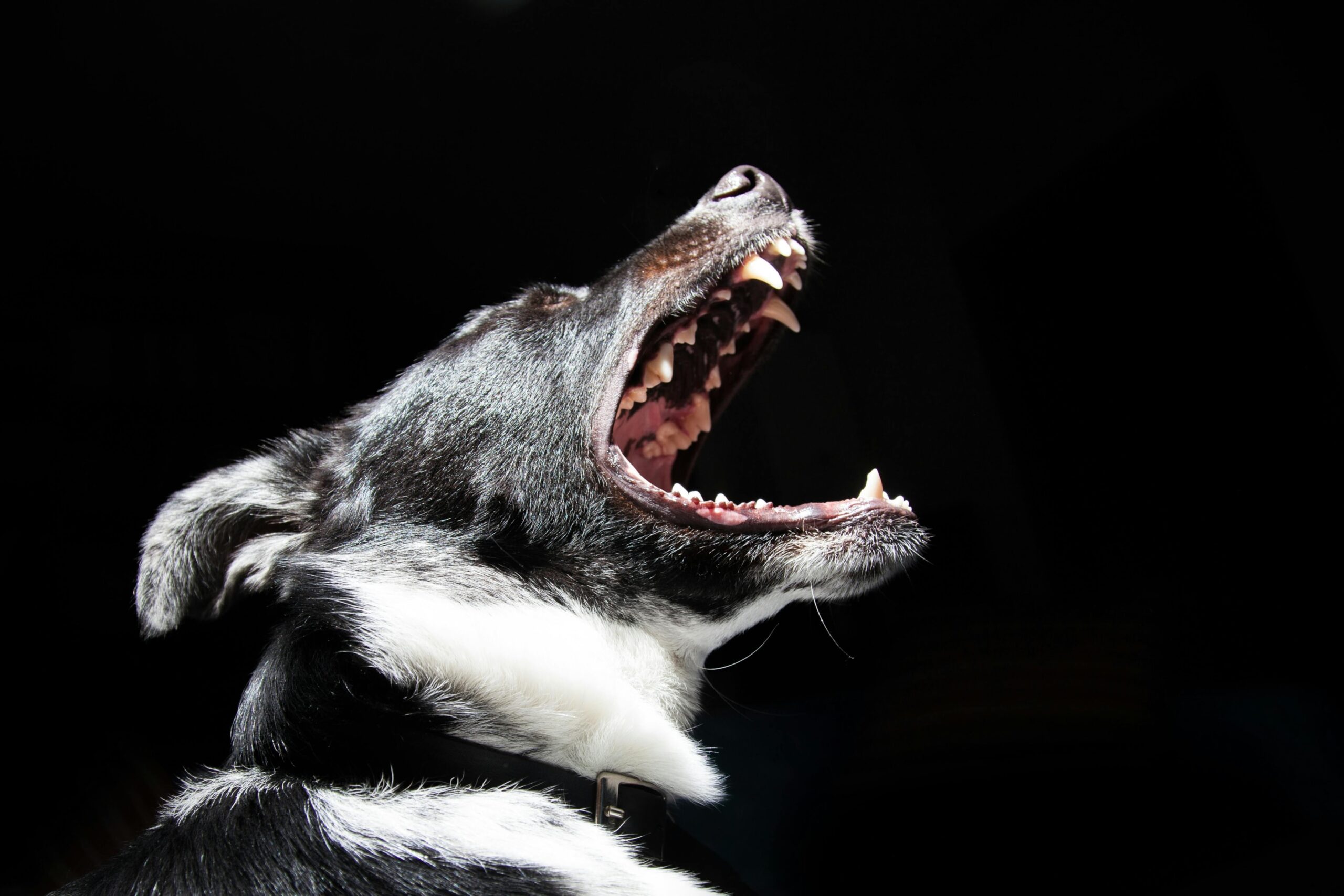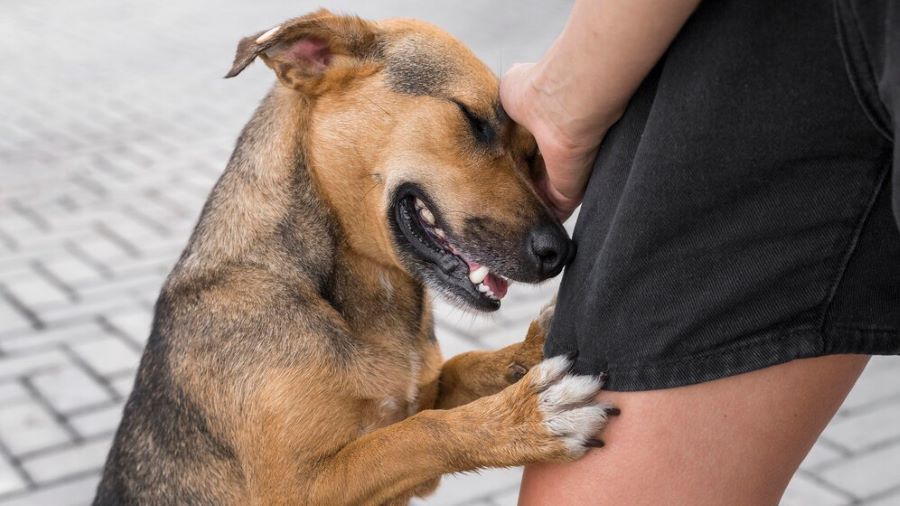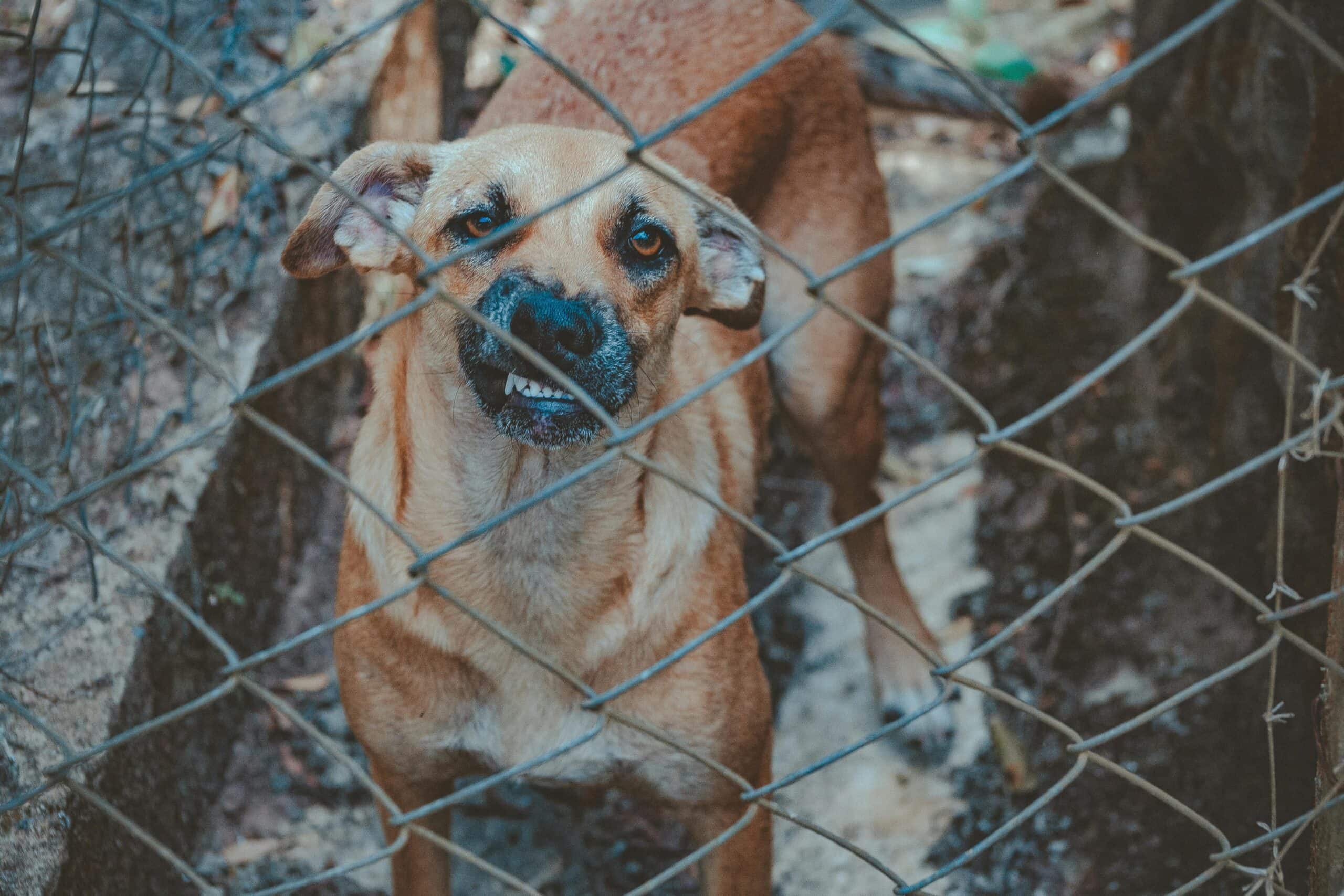
A single dog bite can change a child’s life forever. When dog attacks involve young children, the emotional, physical, and legal consequences often require a different level of attention and response. While any victim of a bite injury deserves justice, dog bite cases involving children are treated differently because of the victim’s age, vulnerability, and long-term health risks.
These cases often result in fatal attacks requiring emergency department visits and extensive medical treatment. The legal system, public health officials, and child health advocates recognize that children require extra protection both legally and medically after an incident occurs.
Here’s why the law and medical community view pediatric dog bites with a more urgent and nuanced lens.
Why Children Are More Vulnerable to Dog Bite Injuries
Young children lack the strength and awareness to defend themselves against vicious dogs. Most dog bites involving children target the face, neck, or head, areas more accessible due to the child’s size. Pediatric dog bites often result in severe injuries compared to adult cases and can cause permanent scarring, emotional trauma, and long-term physical complications..
The Centers for Disease Control and Prevention (CDC) reports that approximately 4.5 million dog bites occur in the United States each year, with children being among the most affected age groups. Many children presenting at emergency rooms for dog bites require surgery or long-term wound care.
Because children do not yet know how to judge dog behaviour appropriately, such as pulling tails or hugging too tightly, they face a higher bite risk. This lack of child knowledge, combined with aggressive behavior in certain dogs involved, creates a dangerous scenario where injuries are not only more likely but also more serious.
Why Dog Bites Occur More Often in Children
Most dog bites occur in familiar settings, homes, backyards, or neighborhoods, where the child knows the dog. Often, the companion animal is part of the family, which creates a misleading sense of safety.
Children unintentionally trigger a dog’s aggressive behavior by entering its space suddenly, touching sensitive areas, or acting unpredictably. This type of child-directed canine aggression becomes especially dangerous when the dogs involved are physically powerful.
In a 15-year review of Kentucky medical examiner cases, researchers found that most deaths involved multiple bite injuries and blunt force trauma to the head, neck, and body. Pit bulls, German shepherds, and Rottweilers were the most commonly implicated breeds.
Fatal dog attack cases often involve family dogs or other familiar animals, highlighting the underestimated dangers children face, even in seemingly safe environments. This reinforces the urgent need for adult supervision, early injury prevention education, and responsible pet ownership to reduce the risk of serious or fatal dog attacks.
The Law Imposes Strict Liability on Dog Owners in Many States
In many states with strict liability laws, the dog owner is held responsible for bite-related injuries regardless of the dog’s past behavior, but these laws vary by state.
Strict liability means:
The dog owner is liable for injuries their dog causes, regardless of the dog’s history.
The injured person or their guardian can file a dog bite claim without proving the dog had previously bitten or acted aggressively.
For instance, in California, Civil Code § 3342 makes owners strictly liable when their dog bites someone in public or lawfully on private property, even at the owner’s premises.
A personal injury claim enables families to seek compensation for physical injuries, surgical care, emotional trauma, and long-term consequences. For example, facial dog bite injuries often leave permanent scars, requiring reconstructive surgery and ongoing psychological support, especially for children.
The Medical Impact of Dog Bites on Children
Unlike adults, children may not fully express pain or describe symptoms after an attack. This makes timely medical attention crucial.
Emergency department records show that children who sustain dog bite injuries are more likely to need:
- Plastic surgery
- Treatment for infections
- Long-term therapy for PTSD
Even small dogs can cause serious harm to a child’s sensitive skin or delicate bones. In some instances, untreated bites lead to complications like nerve damage or disease. Public disease control agencies warn that dog bites can transmit bacteria like Capnocytophaga, leading to sepsis in rare but dangerous cases.
When an attack occurs, doctors often ask whether the dog was vaccinated, whether it was a domestic dog or a stray, and whether other dogs were involved. Each detail plays a critical role in determining both the treatment path and whether public health concerns must be reported.
Why the Emotional Trauma Matters Just as Much
The scars left by dog aggression aren’t always physical. A single bite can instill lasting fear, distrust, and anxiety in children.
After a traumatic dog bite, a child may suffer from:
- Nightmares or anxiety
- Reluctance to play outdoors
- Fear of companion animals or pets in general
These emotional wounds, though invisible, can affect academic performance, peer relationships, and long-term child health. That’s why medical and legal professionals approach pediatric dog bites holistically.
Public health representatives now urge schools and parents to invest in injury prevention education. These programs teach children how to interact safely with animals and identify signs of canine behaviour that signal discomfort or aggression.
Injury Prevention and Legal Safeguards for Families
Dog bite prevention starts with education, awareness, and legal accountability. Families can take steps to protect children from future attacks:
- Never leave young children unsupervised around dogs, even familiar ones.
- Teach children how to approach dogs calmly and never disturb them while eating or sleeping.
- Ensure your domestic dog is properly vaccinated and trained.
From a legal standpoint, parents should document everything if a bite occurred:
Take photos of physical injuries
Record details of the dog
Seek immediate medical treatment
Report the incident to local authorities or disease control agencies
Contact a skilled dog bite attorney and seek legal advice
If the family chooses to seek compensation, documentation helps build a strong dog bite claim and supports the child’s recovery through justice and financial support.
Protecting Children, Holding Dog Owners Accountable
Dog bite cases involving children are treated differently because children are not just vulnerable; they are more emotionally and physically impacted than adults. The legal system, medical institutions, and public health sectors all recognize the unique challenges children may endure after a dog bite.
The law holds dog owners accountable, not just for what their dogs did but for what their inaction allowed. These cases are not about punishing dogs, but about protecting children.
If your child sustained a dog bite injury, you have the right to take action. At Bourassa Law Group, we understand the trauma faced by families of dog bite victims and are here to help you explore your legal options with clarity, care, and confidence. Contact us today for a free consultation.
